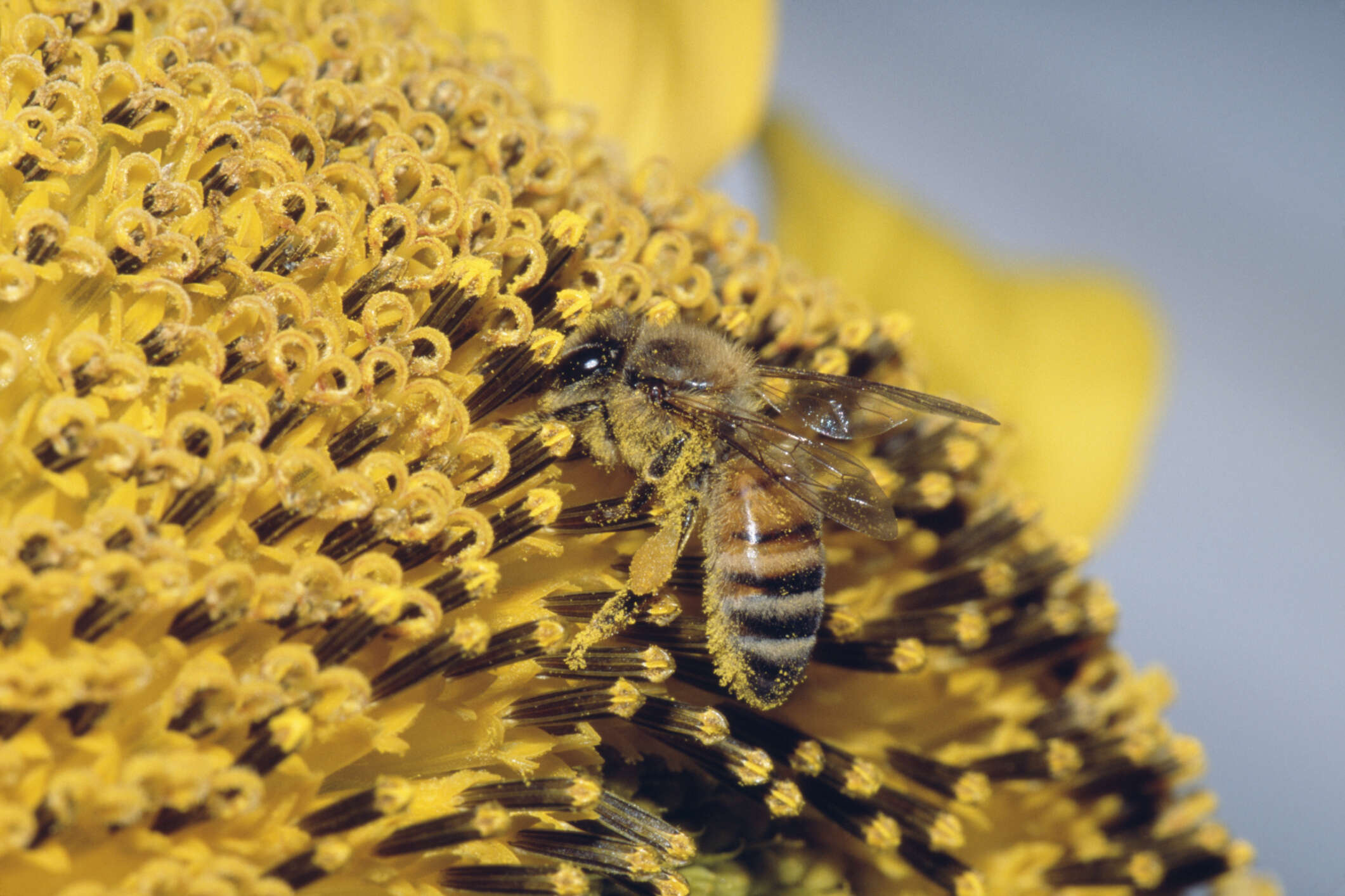
Kin selection is a fascinating concept in evolutionary biology that explains why organisms sometimes act in ways that benefit their relatives, even at a cost to themselves. Why do animals help their kin? The answer lies in the idea that helping relatives can increase the chances of shared genes being passed on to future generations. This behavior isn't just about being nice; it's about survival and reproduction. From ants sacrificing themselves for the colony to meerkats standing guard to protect their family, kin selection plays a crucial role in the natural world. Understanding this concept helps us grasp the complexities of animal behavior and the intricate web of life. Let's dive into 29 intriguing facts about kin selection that will shed light on this remarkable evolutionary strategy.
What is Kin Selection?
Kin selection is a fascinating concept in evolutionary biology. It explains why animals might help their relatives, even at a cost to themselves. This behavior ensures that their genes survive through their kin.
- Kin selection theory was first proposed by British biologist W.D. Hamilton in 1964.
- It suggests that organisms are more likely to help relatives because they share common genes.
- Inclusive fitness is a key idea in kin selection, combining direct and indirect fitness benefits.
- Direct fitness refers to an individual's own offspring, while indirect fitness involves helping relatives reproduce.
- Altruism in animals often occurs because of kin selection, where one animal sacrifices for another.
Examples of Kin Selection in Nature
Many species exhibit behaviors that can be explained by kin selection. These examples highlight how widespread and important this concept is in the animal kingdom.
- Honeybees display kin selection by working for the hive instead of reproducing themselves.
- Meerkats take turns standing guard to protect their group from predators.
- Naked mole rats live in colonies where only a few individuals reproduce, while others support the colony.
- Vampire bats share blood meals with relatives who haven't fed.
- Elephants help raise each other's calves, ensuring the survival of the herd.
Kin Selection and Human Behavior
Humans are not exempt from kin selection. Our social behaviors often reflect this evolutionary strategy, even if we don't realize it.
- Family loyalty can be seen as a form of kin selection, where people prioritize their relatives.
- Inheritance practices often favor close relatives, ensuring family wealth stays within the kin group.
- Parental care is a direct example of kin selection, as parents invest heavily in their offspring.
- Sibling rivalry can be explained by competition for parental resources, a concept tied to kin selection.
- Adoption of relatives' children in many cultures ensures the survival of family genes.
Kin Selection and Social Insects
Social insects provide some of the most striking examples of kin selection. Their complex societies are built on this principle.
- Ant colonies operate with a clear division of labor, where workers sacrifice their own reproduction.
- Termites have a caste system where only a few individuals reproduce, supported by non-reproductive workers.
- Wasps often help their sisters raise offspring instead of having their own.
- Bees communicate through dances to share information about food sources, benefiting the entire hive.
- Social spiders cooperate in web-building and prey capture, ensuring the survival of their kin.
Kin Selection in Plants
Even plants exhibit behaviors that can be explained by kin selection. These examples show that kin selection is not limited to animals.
- Plants can recognize their relatives and often grow in ways that reduce competition with kin.
- Clonal plants like strawberries spread through runners, creating genetically identical offspring that support each other.
- Tree roots can graft together, allowing nutrient sharing between related trees.
- Wildflowers may allocate more resources to seeds when growing near relatives.
- Fungi associated with plant roots can preferentially support related plants.
Controversies and Misunderstandings
Kin selection is not without its controversies. Some scientists debate its role and importance in evolution.
- E.O. Wilson initially supported kin selection but later argued that group selection might be more important.
- Critics argue that kin selection cannot explain all altruistic behaviors observed in nature.
- Misunderstandings about kin selection often arise from confusing it with group selection.
- Recent studies continue to explore the balance between kin selection and other evolutionary forces.
The Final Word on Kin Selection
Kin selection is a fascinating concept that explains why animals, including humans, often help their relatives. This behavior increases the chances of shared genes being passed on to future generations. From bees sacrificing themselves for the hive to humans donating organs to family members, kin selection shows up in many forms. Understanding this principle helps us grasp the complexities of social behaviors in the animal kingdom.
Whether you're a student, a teacher, or just someone curious about nature, knowing about kin selection can enrich your understanding of biology and evolution. It highlights the importance of genetic relationships in shaping behaviors that might seem puzzling at first glance. So next time you see an animal helping its kin, you'll know there's more to it than meets the eye. Kin selection is a key piece of the puzzle in the story of life.
Was this page helpful?
Our commitment to delivering trustworthy and engaging content is at the heart of what we do. Each fact on our site is contributed by real users like you, bringing a wealth of diverse insights and information. To ensure the highest standards of accuracy and reliability, our dedicated editors meticulously review each submission. This process guarantees that the facts we share are not only fascinating but also credible. Trust in our commitment to quality and authenticity as you explore and learn with us.
